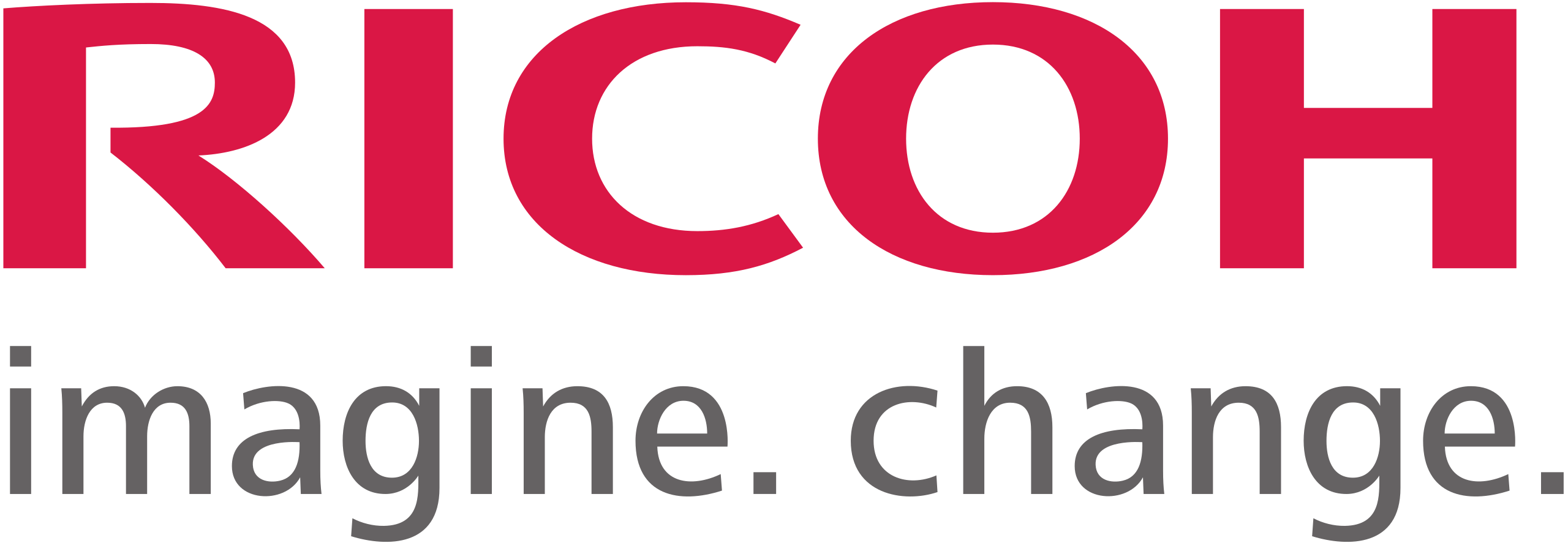5 min read
Document Management Best Practices: What Works and Why
By:
Kali Mogg
on
December 10, 2021
Updated: May 18, 2022

If your company’s data and information are tied up in a big digital (or physical) pile, you and your employees aren’t working efficiently. Companies need a system to manage their use of and access to documents.
A document management system is a means and a method for managing and storing business documents, enabling you to digitally record, store, secure, organize, and share critical documents.
By sharing some document management best practices, we hope to encourage companies to implement or refine their document system to the benefit of employees, clients, and, well, everyone.
Why Do You Need Document Management?
Before making the transition to digital, many companies already use a paper based document management system. Stacks of paper and rows of filing cabinets cause unnecessary burden, however, digital, paperless solutions are cost-effective and easy to implement.
The advantages of an organized document management system are clear, especially for a cloud based digital system.
- Centralized Repository – A document system creates a centralized repository, meaning you and others can access all your files from any computer across your business. Electronic documents can also be accessed simultaneously, allowing many advantages over paper.
- Controlled Accessibility – A centralized system means controlling who can access documents. Managing documents and access to individual documents or groups of documents can be restricted or permitted.
- Easy Dissemination – Searching for, sharing, and managing documents is easy once a system is in place. When multiple users can access the repository, files can be shared via a link, without having to download anything.
- Hassle-Free Collaboration – In addition to easy sharing, documents can be easily sent for signatures and approval. Authentication no longer involves printing, signing, scanning, and other needless steps.
- Enhanced Security – Digital document management systems can be exposed to cyberthreats. However, using current security protocols and programs mitigates risks. Digital files can also be encrypted and protected with passwords, which physical files cannot, among other cybersecurity best practices.
- Regulation Compliance – Maintaining compliance and following instructions benefits when information can be easily shared and reviewed. A centralized document system enables exactly that.
Before a document system can be created, any company needs to have a firm grasp on its current document management practices. The information technology experts at Standley can assess your current document management system and practices and from there, recommend ways to implement digital transformation and improve your system.
Developing Your Company’s Document Management Best Practices
Diving into document management without some real thought behind your digital transformation and how it will work can be troublesome later on. Instead, follow a few practical tips on document management best practices.
1. Ongoing Document Management
Once you’ve selected and launched a document management system, don’t just set it and forget it. Document organization is a platform not an application, meaning it works best with further refinement and protocols after it’s installed. Developing best practices should be ongoing.
2. Document Internal Policies
Document management best practices comes down to organization of information and data. Having and documenting policies about handling information is key for any company, especially one that works with sensitive information. So, which types of policies should be documented?
- Version Control – Version control dictates system-wide changes to technology and computer systems. Any company remotely involved with technology, which is most every company, needs version control policies.
- Document Retention – How long should your document management system retain critical documents? Some may be unnecessary to store indefinitely.
- Sensitive Information – A system for managing documents should include a clear policy for handling and protecting sensitive information.
- Organization – Policies on tagging documents, folder structures, cataloging, and file naming conventions allow for an easy-to-use management system across your company.
- Sharing and Encryption – System security is crucial to any document system that handles sensitive or client information. A company-wide protocol covering basic security as well as mobile and off-site access should be in place.
- Client-Facing Interactions – Using a document management tool directly with clients can speed-up interactions and prevent having to email lots of files for review and signatures. A policy discussing client use of a document system should be addressed.
3. Sharing Best Practices and Completing Trainings
A company’s document management system does no good if it’s siloed or accessible to only a small group of people. A key advantage of document management systems is that they enable uniform information sharing and access across a business.
Universal access means that all employees must be trained on and knowledgeable about using a document system. Further, policies can be effective only if all users adhere to them. Therefore, choosing and implementing a document system is a key step, but so are training and sharing document management best practices.
Don’t Forget Clients!
Clients will also need to be informed about document management system practices and policies, especially if they’ll be granted system access. A client’s contact person should be able to walk clients through system basics and policies and your approach to document management.
4. Defining Workflows
Even though a new management system for documents can steamline use of and access to information, basic workflows still need to be defined. Determining who does what is critical to any system. A workflow should determine how material is:
- Created and uploaded in the system
- Shared for review and approved
- Stored for easy future access
- Accessed and whom can access documents
5. Optimizing and Reevaluating
Even the best document management system requires ongoing refinement and updating. Naming conventions, document classification, access needs, approval processes, and more can all change.
Your system shouldn’t be stagnant. Rather, it should be open to flexibility and change with time. Sticking to conventions can be comfortable, but recognizing the need for change as it arises is critical.
Standley Systems Helps Companies Organize
It’s past time to move past filing cabinets and piles of papers. Such conventional systems for document and content management only hinder and slow down operations. A digital document management system can speed up your business and make everyone’s work that much easier and faster.
Standley Systems can help to implement and recommend a management system for your company, no matter its size. Our experts also offer free consultation on your current document management practices.
So contact us and let’s find the best document solutions together.












